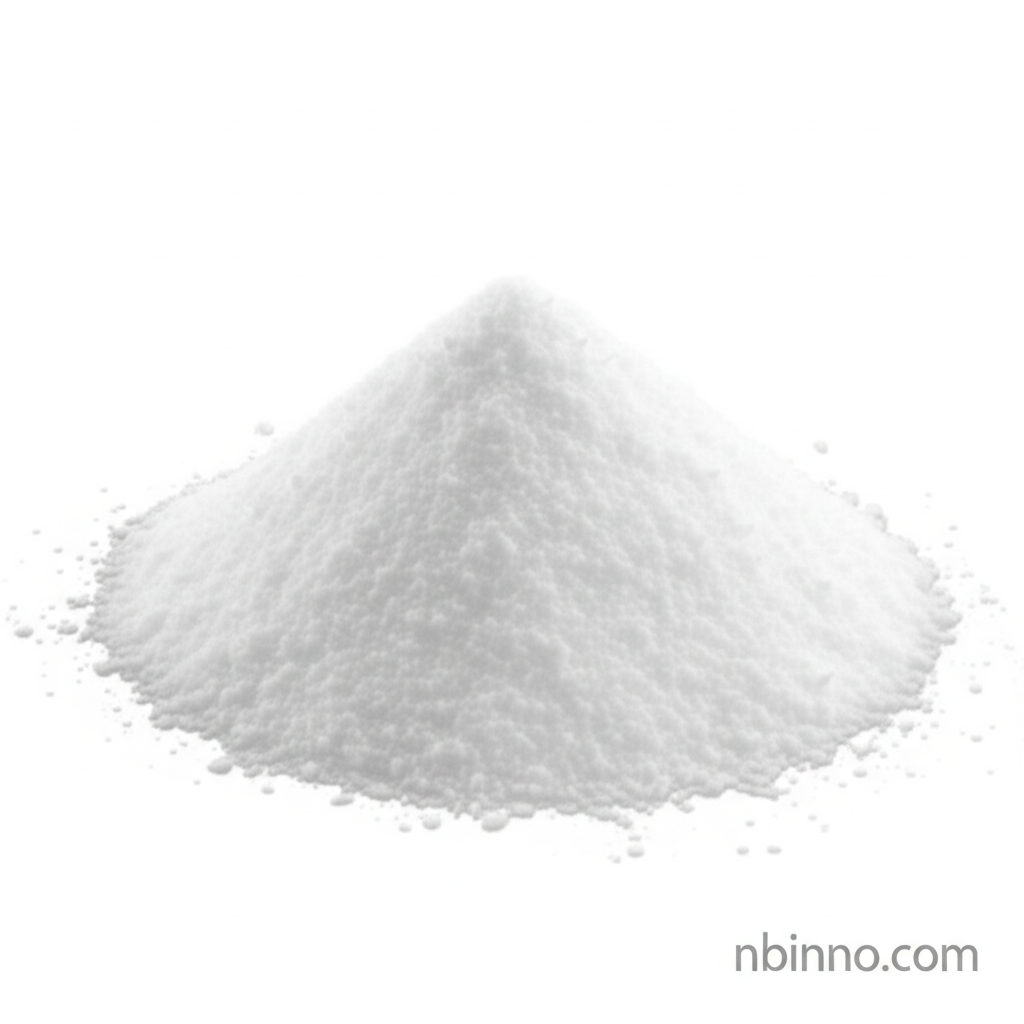Sodium Benzoate: Your Essential Guide to a Common Preservative
Discover the science, safety, and applications of sodium benzoate, a key ingredient in many products.
Get a Quote & SampleProduct Core Value

Sodium Benzoate
Sodium benzoate is a highly effective preservative, widely utilized across various industries due to its robust antimicrobial properties. It is instrumental in preventing the growth of molds, yeasts, and bacteria, thereby extending the shelf life and maintaining the quality of food products, beverages, pharmaceuticals, and cosmetics.
- Understanding the mechanism of sodium benzoate reveals its power in inhibiting microbial growth, making it a staple in food preservation.
- The sodium benzoate safety profile is a key consideration, with extensive research and regulatory guidelines in place for its use.
- Exploring sodium benzoate uses in pharmaceuticals showcases its role beyond preservation, including therapeutic applications.
- Sodium benzoate is a critical food additive, primarily used in acidic environments to combat spoilage and maintain product integrity.
Key Advantages
Broad-Spectrum Preservation
Sodium benzoate acts as a potent antimicrobial agent, effectively preventing spoilage caused by microorganisms. This makes it a vital component for extending the shelf life of countless consumer goods.
Versatile Applications
Its utility spans across food, beverages, pharmaceuticals, and cosmetics, demonstrating its broad applicability and importance in various product formulations.
Regulatory Acceptance
Generally recognized as safe (GRAS) by major regulatory bodies like the FDA when used within specified limits, it offers manufacturers a reliable and compliant option for preservation.
Key Applications
Food Preservation
Essential for extending the shelf life of acidic foods like juices, pickles, and condiments, helping to combat spoilage and maintain freshness.
Beverage Additive
Widely used in carbonated drinks and fruit juices to inhibit microbial growth and preserve taste and quality.
Pharmaceutical Excipient
Functions as a preservative in liquid medications, contributing to the stability and safety of pharmaceutical products.
Cosmetic Preservative
Included in personal care items such as toothpaste and mouthwash to prevent bacterial contamination and maintain product integrity.
